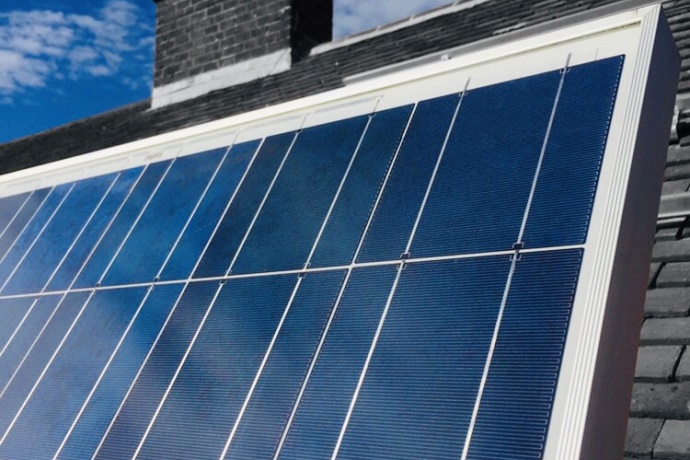Unit 1B, Keynor Farm
Sidlesham, PO20 7LL
8:30am - 5:00pm
Monday - 4:00pm Friday
Blog

Smart Export Guarantee comes into force.
The long awaited SEG (Smart Export Guarantee) has now been formalised and the structure set. Energy providers will have to have an export tariff in place before the 1st of January 2020.
A clearer future for the renewable industry.
The industry has been waiting for the implementation of the SEG since the closure of the FIT (Feed In Tariff) scheme which ended on the 31st of March 2019. The SEG means any customers with solar PV systems, or other qualifying technologies feeding energy back into the national grid will receive payment for energy that is exported.
Following a consultation period involving industry leaders, the Government, and energy suppliers the finer details of the SEG have been agreed upon.
The Smart Export Guarantee in more detail.
All licensed energy providers with more than 150,000 customers must provide an export tariff. Originally this was due to be any supplier with more than 250,000 customers but that has been reduced. Smaller energy suppliers can also offer an export tariff on a voluntary basis These suppliers will be held to the same conditions and rules as larger suppliers. Payments must be made to customers who are exporting energy to the grid that has been produced using;
-Solar PV
-Hydro
-Micro-combined heat and power
-Onshore wind
-Anaerobic digestion
As in the original details the supplier will be allowed to set the tariff amount, and design. The only stipulation is that the amount offered must be greater than zero. Some suppliers have already set their own tariff systems such as Octopus who offer a flat rate tariff at 5.5p per kWh, as well as ‘Agile Octopus’ their variable rate tariff.
Generators up to 5MW will be guaranteed payment from suppliers, it is thought that over time these tariffs and payments will become smarter and reflective of supply and demand across the national grid.
Smart meters will play a crucial part in this. To qualify for the SEG anyone wishing to claim an export tariff must have a Smart Meter installed. The meter must also be capable of half hourly export metering. “Meters must be registered for settlement under the Balancing and Settlement Code.”
To ensure that safety and consumer protection is up-held, all installations must be installed under the MCS scheme or suitable equivalent. Installers must be suitably qualified, and have the correct certifications to MCS standard or a suitable equivalent. There will not be a central registration of installations.
Will the SEG cover storage systems?
One of the grey areas of the original consultation was whether payments would be made for storage systems.
Tariff payments will only be made available for storage that is co-located with a renewable energy source. This is also at the discretion of the supplier who may want further evidence that any storage exports are still ‘green energy’ as opposed to ‘brown energy’. Currently this doesn’t look like it will include storage in the form of EV’s.
Annual reports will be produced by Ofgem, detailing how the Smart Export Guarantee is working, and the uptake of tariffs. Ofgem are likely to offer further guidance to suppliers around the implementation of tariffs.
How the industry initially responded to the news.
Although this is a step in the right direction, especially in fairness for those generating energy and exporting it to the grid this is in no way a replacement for renewable incentives.
Following the removal of the Feed In Tariff and Export Tariffs earlier in 2019 the number of installations dropped. Official statistics showed that in April 2019 only 3.6MW of solar was installed across the 2 bands. A huge drop compared to the 40MW of solar installed in March as people rushed to get a last slice of the FIT. This is also a drop in year on year statistics, April 2018 saw 6.4MW of solar installed across the 2 bands.
The industry welcomes but is not celebrating the scheme which is seen as ‘better than nothing’. The SEG announcement comes in the same week as Teresa May pledged that the UK will become carbon neutral by 2050. With a plan to make this legally binding., such an announcement will have an impact on all of us. With little support for renewable energy coming from the government, is this really a realistic target?
Details of the SEG can be found on the Government website: The future for small-scale low carbon generators.



